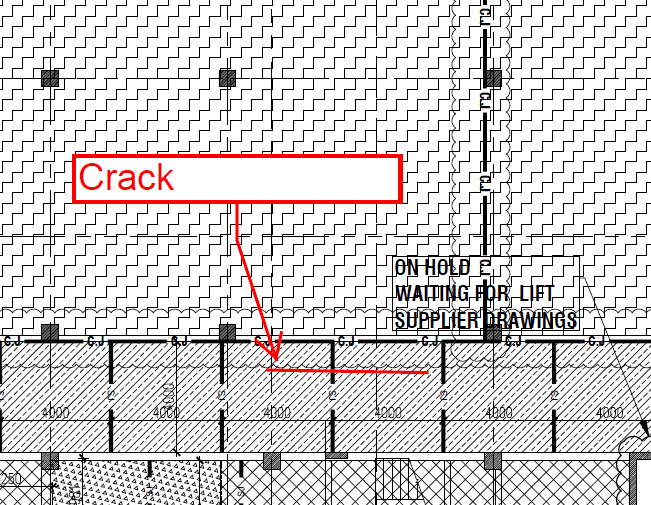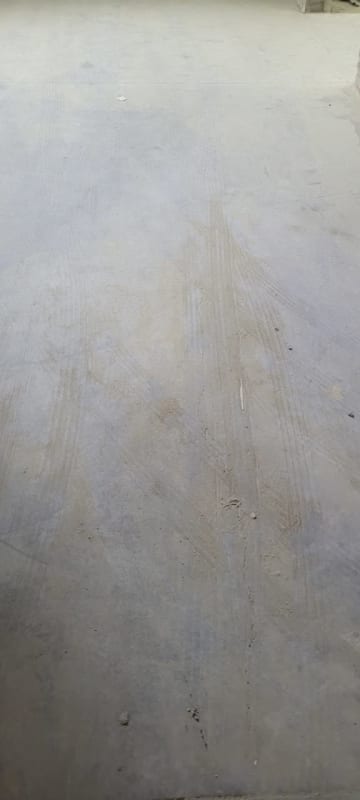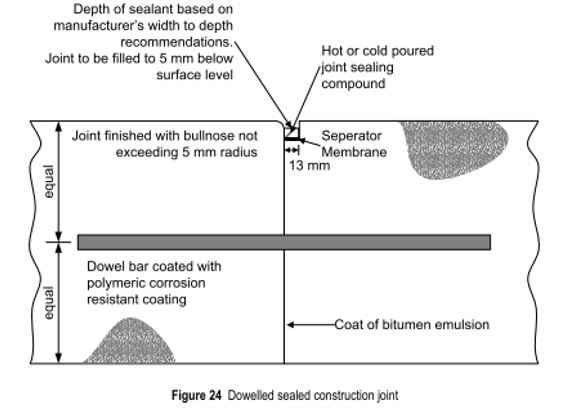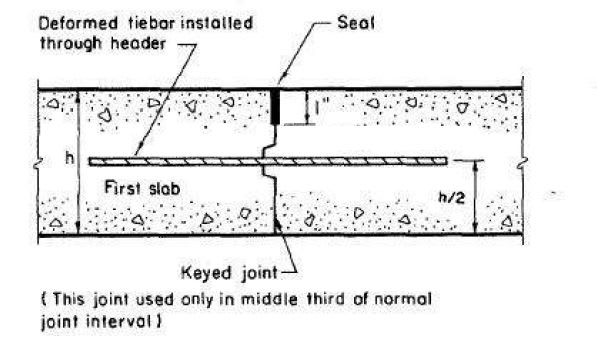EngineeringNgma
Structural
- Jun 5, 2016
- 6
Hi everyone!
I have casted Fiber reinforced concrete slab on grade. I had construction joint at two sides with dowels. After drying shrinkage, now crack is appearing to adjacent slab. I am presuming that its because of slab shrinkage which has caused the dowels movement in perpendicular direction to the adjacent slab and caused cracks.
Kindly can anybody guide me whether my assumption is correct.



I have casted Fiber reinforced concrete slab on grade. I had construction joint at two sides with dowels. After drying shrinkage, now crack is appearing to adjacent slab. I am presuming that its because of slab shrinkage which has caused the dowels movement in perpendicular direction to the adjacent slab and caused cracks.
Kindly can anybody guide me whether my assumption is correct.





